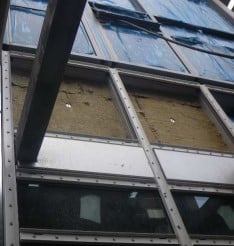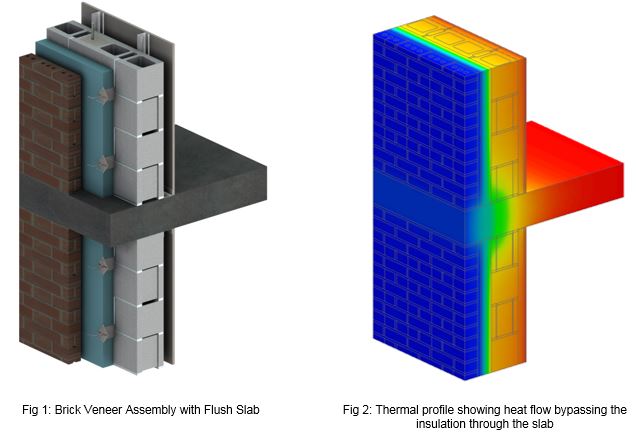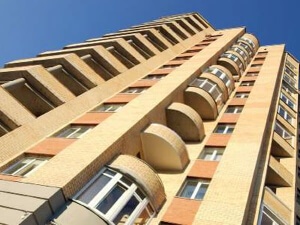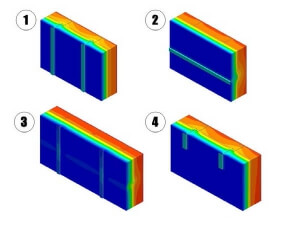The Landscaped Podium
As part of a building’s exterior element, landscaped podiums or waterproofed plaza decks provide an aesthetically pleasing common space for the enjoyment of their users. In addition to providing much needed green spaces on concrete structures, podiums that incorporate large softscape areas aid in the building’s water management strategy by retaining and slowly releasing storm water during a heavy rain event.









